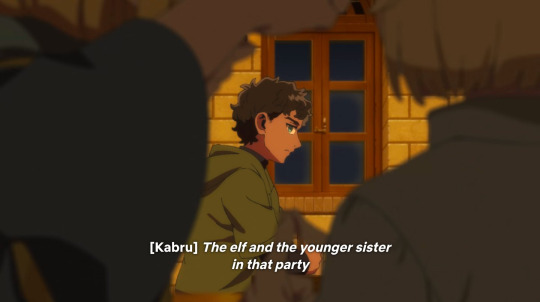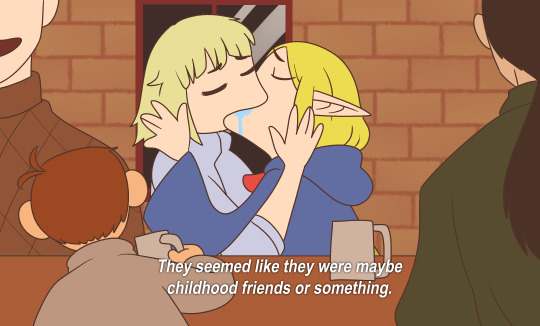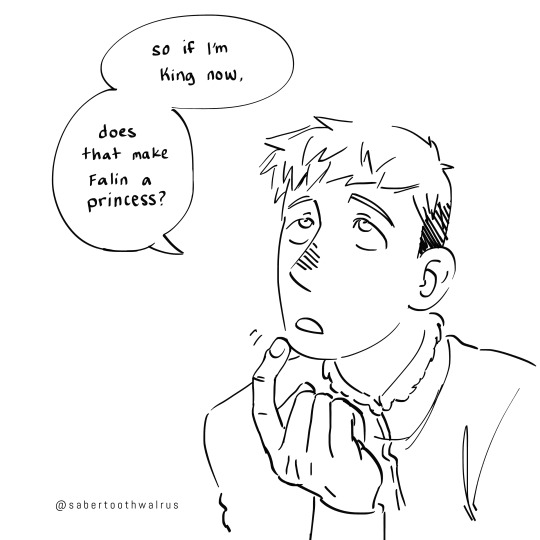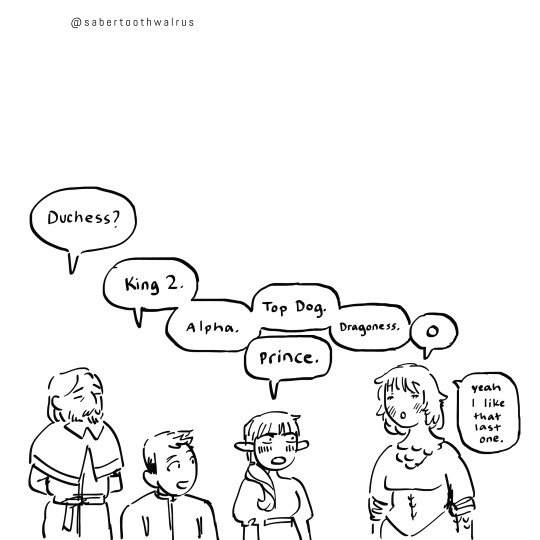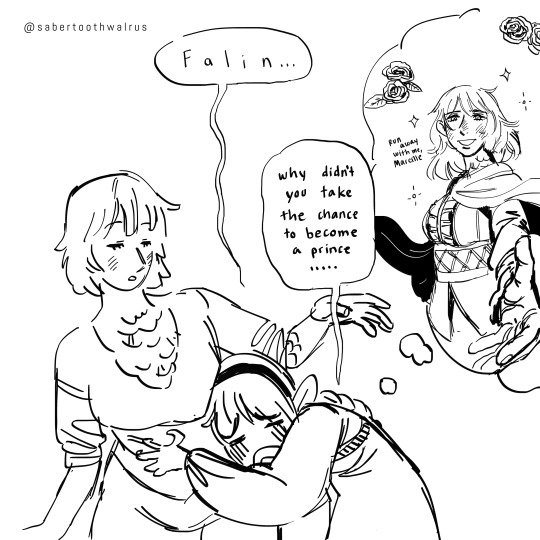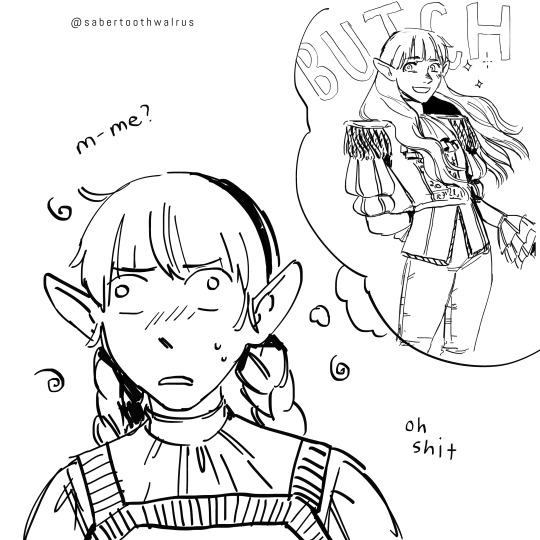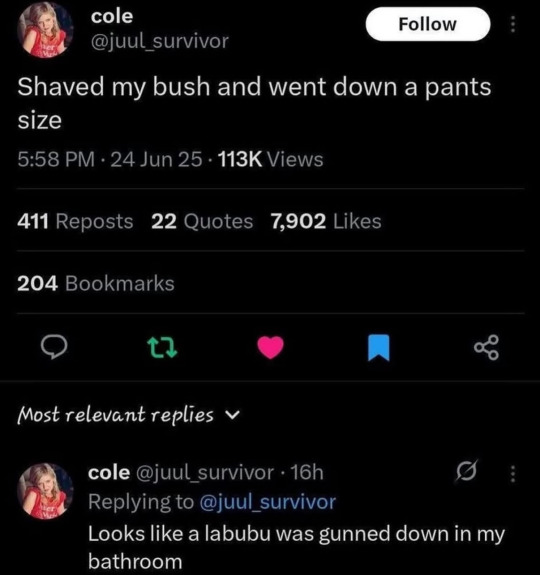zera, he/they, adult, romance-loving aromantic and part-time necromancer
Don't wanna be here? Send us removal request.
Text
MASSIVE THANK YOU TO PRIM (@primtheamazing) FOR DONATING TO FTH 2025!!!
I’m really happy to be able to work with you on this, so thank you very much!!









Once again big thank you to Prim!!
I absolutely love the prompt you gave me, I literally screamed when I first saw it!!! It was incredibly fun to work on this!!!
2K notes
·
View notes
Text

this is so cute, laios is such a good brother
75K notes
·
View notes
Text
Whenever I think about students using AI, I think about an essay I did in high school. Now see, we were reading The Grapes of Wrath, and I just couldn't do it. I got 25 pages in and my brain refused to read any more. I hated it. And its not like I hate the classics, I loved English class and I loved reading. I had even enjoyed Of Mice and Men, which I had read for fun. For some reason though, I absolutely could NOT read The Grapes of Wrath.
And it turned out I also couldn't watch the movie. I fell asleep in class both days we were watching it.
This, of course, meant I had to cheat on my essay.
And I got an A.
The essay was to compare the book and the movie and discuss the changes and how that affected the story.
Well it turned out Sparknotes had an entire section devoted to comparing and contrasting the book and the movie. Using that, and flipping to pages mentioned in Sparknotes to read sections of the book, I was able to bullshit an A paper.
But see the thing is, that this kind of 'cheating' still takes skills, you still learn things.
I had to know how to find the information I needed, I needed to be able to comprehend what sparknotes was saying and the analysis they did, I needed to know how to USE the information I read there to write an essay, I needed to know how to make sure none of it was marked as plagerized. I had to form an opinion on the sparknotes analysis so I could express my own opinions in the essay.
Was it cheating? Yeah, I didn't read the book or watch the movie. I used Sparknotes. It was a lot less work than if I had read the book and watched the movie and done it all myself.
The thing is though, I still had to use my fucking brain. Being able to bullshit an essay like that is a skill in and of itself that is useful. I exercised important skills, and even if it wasnt the intended way I still learned.
ChatGTP and other AI do not give that experience to people, people have to do nothing and gain nothing from it.
Using AI is absolutely different from other ways students have cheated in the past, and I stand by my opinion that its making students dumber, more helpless, and less capable.
However you feel about higher education, I think its undeniable that students using chatgtp is to their detriment. And by extension a detriment to anyone they work with or anyone who has to rely on them for something.
22K notes
·
View notes
Text
Qijiu is actually a four way relationship between Yue Qi, Shen Jiu, Yue Qingyuan, and Shen Qingqiu
68 notes
·
View notes
Text
got chased by a skeleton but when they caught me they just gave me a kiss and hug. turns out it was an xoskeleton.
137K notes
·
View notes
Text
“You think every citizen should have access to free and accessible healthcare?”
Wrong!!!
I think that Asylum seekers and Migrant workers and The Undocumented and Everyone Else should get free healthcare too
I love immigration
21K notes
·
View notes
Text

Oh how much I love these two you have no idea
981 notes
·
View notes
Text
me desperately clinging to my favorite stuffed animal while my parents argue loudly in their room: itsprobably my fault
my cat speaking telepathically: thats not true! your parents hated each other long before you were born this was inevitable
me: oh...
the spectre that hanuts my livingroom:

12K notes
·
View notes

